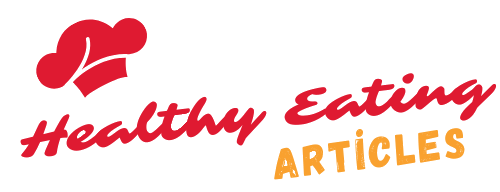Noodles :
Noodles are precooked, instant noodles that are considered to be somewhat inexpensive, and people eat them in abundance around the world, as the number of servings of noodles consumed around the world reached about 97 billion servings in 2015, and flour, salt, and palm oil are among the most important ingredients of them. Typically, small flavor packages contain spices, salt, and MSG.
Nutritional facts about noodles :
Noodles are low in calories, fiber, and protein, but they contain sodium, fats, and carbohydrates in high proportions. The following table details the quantities contained in one serving of noodles:
– Calories 188 kcal
– carbohydrate 27 grams
– fat 7 grams
– saturated fat 3 grams
– protein 4 grams
– fiber 0.9 grams
– sodium 861 mg
– thiamine (vitamin B1) 43% of the recommended daily value (RDA)
– folate 12% of the recommended daily value
– Manganese 11% of the recommended daily value,
– iron 10% of the recommended daily value,
– niacin (vitamin B3) 9% of the recommended daily value,
– riboflavin (vitamin B2) 7% of the recommended daily value,
Instant noodles are a low-calorie type of pasta If we compare it to others, such as lasagna, for example, one serving of which contains 377 calories, hence the thought of relying on it to lose weight, but its low protein and fiber content – which enhances the feeling of satiety – did not make it the best option.

Obesity and other risks of noodles :
- Noodles are described as instantaneous; Because it was previously fried in oil, and often in palm oil; Therefore, they contain high levels of fats, especially saturated fats, which increase the risk of heart disease.
- Noodles are among the foods that contain large amounts of sodium, especially when adding the contents of the spice box, as most types of noodles contain more than 500 mg of sodium per 100 grams of weight, while the Australian Heart Foundation advises choosing foods that contain less than 120 mg of Sodium per 100 grams, so eating it is linked to a risk of high blood pressure, which is the main cause of heart disease.
- Noodles contain monosodium glutamate, which is a food additive commonly used in food processing, as it is used to improve the flavor of processed foods. With moderate consumption of monosodium glutamate, other studies have indicated the negative impact of this additive on brain health, and some people have an allergy to this substance specifically, which causes them headaches, muscle tension, numbness, and tingling.
- Noodles are among the foods with a high glycemic index, meaning that they quickly raise blood glucose levels, causing what is known as insulin resistance, which in turn leads to type 2 diabetes, and foods with a high glycemic index are also associated with heart disease and obesity.
- A study conducted at Baylor University Medical Center found that eating noodles two or more times a week was linked to metabolic syndrome, a syndrome that increases a person’s likelihood of developing heart disease, and other serious diseases such as diabetes and stroke, and this was more common among women for various reasons, including biological differences between Gender, and different eating habits between women and men.
Fortified Noodles :
Although noodles lack many nutrients, some of them are fortified with many of those elements, such as iron, manganese, folate, and B vitamins dissolved in water. A 2011 study compared 6,440 noodles consumers and non-consumers of them, and found that those who consumed them got more 31% more than thiamine, which is vitamin B1, and 16% more than riboflavin, which is vitamin B2
Ways to make noodles healthier :
A person can reduce the risks associated with eating noodles by making them less dangerous by following the following methods:
- Choose types of noodles that contain less sodium and fat, and are made from whole grains, making them richer in fiber that promotes the feeling of satiety.
- A person can reduce the amount of sodium they consume, by adding half the spice envelope that comes with the package, or less than half, and he can make his own mixture with less salt.
- You can get rid of a large amount of salt and fat, by getting rid of the extra fluids (i.e. the water in which the noodles were boiled).
- You can make noodles healthier by adding foods rich in nutrients to them, such as boiled eggs, cooked chicken, and vegetables such as spinach and broccoli, mushrooms, beans, carrots, peas, capsicum, and cabbage.
- Noodles can be part of a healthy diet that does not cause weight gain, if a person consumes small amounts of them and in moderation, as only one portion of a package that contains two servings can be eaten as part of a healthy integrated meal that contains vegetables, fruits, and proteins so that Noodles are not an essential part of the diet.
